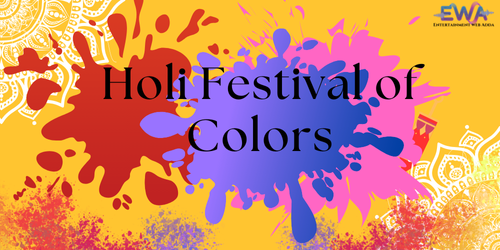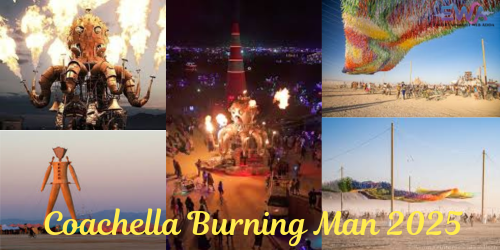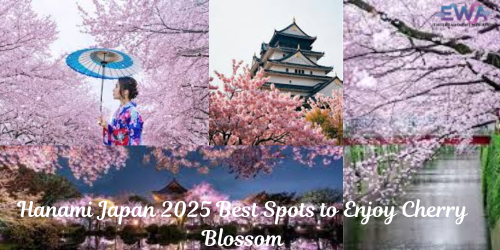Prambanan Temple Indonesia is famous for its stunning temples, and Prambanan is one of its greatest gems. Being the largest Hindu temple complex in Southeast Asia, this UNESCO World Heritage Site is a work of art of ancient Javanese architecture, religion, and culture. Situated close to Yogyakarta, Prambanan draws history enthusiasts, spiritual travelers, and tourists.

The Majestic Architecture of Prambanan Temple
Prambanan is a temple complex dating to the 9th century devoted to the Trimurti—Brahma (the Creator), Vishnu (the Preserver), and Shiva (the Destroyer). Its grand spires (vimanas) mirror the peaks of Mount Meru, Hindu cosmology’s holy dwelling of the gods.
Click here to read about Maharana Pratap Janm Diwas.
Key Architectural Highlights:
Three Main Temples: The main shrines are Shiva (47m tall), Vishnu, and Brahma.
Intricate Carvings: The walls are adorned with Ramayana and Bhagavata Purana scenes.
Perwara Temples: Hundreds of small shrines encircle the central complex.
Candi Sewu: A nearby Buddhist temple which showcases Java’s religious harmony.
Prambanan’s design is rooted in classical Hindu temple architecture, with strict symmetry and symbolic ornamentation.
A Glimpse into Prambanan’s History
Built around 850 CE by the Mataram Kingdom, Prambanan was a royal Hindu temple. It was abandoned due to conversion to Buddhism and later found again in the 19th century.
Historical Timeline:
9th Century: Constructed during King Rakai Pikatan.
10th Century: Maybe abandoned due to volcanic eruptions.
18th-19th Century: Found by Dutch archaeologists.
1991: Declared a UNESCO World Heritage Site.
2006: Survived a disastrous earthquake (partially restored).
Today, Prambanan is an icon of Indonesia’s Hindu-Buddhist heritage.
The Ramayana Ballet Festival – A Cultural Extravaganza Not to Miss
One of the most spectacular events at Prambanan is the Ramayana Ballet, staged under the night sky against the temple backdrop
Festival Highlights:
- Open-Air Theater: Episodic narration of the Ramayana epic
Traditional Javanese Dance: Elaborate costumes and gamelan accompaniment.
Full Moon Performances: Enhances mystical ambiance.
Conducted Annually (April–October): Check program prior to visit.
This festival is an enchanting blend of art, mythology, and heritage.





